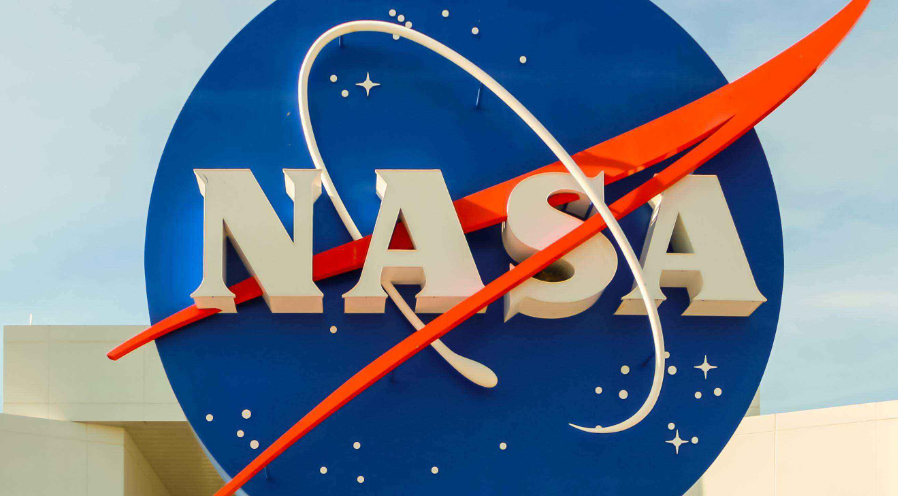NASA's quest to find habitable planets beyond our solar system just got a turbocharged boost thanks to machine learning. From decoding light curves to identifying Earth-like worlds in the "Goldilocks zone," AI is reshaping how we explore the cosmos. Here's how this tech revolution is accelerating discoveries and what it means for the future of astronomy.
?? The Big Leap: Why Machine Learning Matters in Exoplanet Hunting
For decades, astronomers relied on methods like the transit method (tracking star dimming) or radial velocity (measuring star wobbles) to spot exoplanets. But with over 5,000 confirmed planets and countless candidates, traditional tools struggle to keep up. Enter machine learning—a game-changer that processes massive datasets, spots hidden patterns, and even predicts habitability.
NASA's ExoMiner, a deep neural network, exemplifies this shift. Trained on Kepler telescope data, it distinguishes real planets from false positives with 99% accuracy, outperforming human experts in speed and consistency . This tech isn't just about finding more planets; it's about narrowing down candidates that could support life.
??? How Machine Learning Accelerates Discovery: A Step-by-Step Breakdown
Data Mining with Supercomputers
NASA's Pleiades supercomputer crunches petabytes of Kepler and TESS data, identifying subtle dips in starlight that hint at planetary transits. Algorithms like ExoMiner then filter out noise, focusing on signals likely caused by planets .Training AI Models
Models are fed historical data—confirmed planets vs. false alarms—to learn distinguishing features. For example, ExoMiner analyzes orbital periods, star brightness fluctuations, and planet size ratios to improve predictions .Validating Candidates
Unlike humans, AI can instantly cross-reference findings with other datasets (e.g., Spitzer telescope observations). This reduces confirmation time from months to days .Habitability Assessment
Machine learning now evaluates atmospheric conditions. By simulating star-planet interactions, AI predicts if a world might have liquid water or protective ozone layers .Public Crowdsourcing
Projects like Zooniverse let citizen scientists label planetary candidates, feeding fresh data back into AI models. This collaborative approach democratizes discovery .
?? Habitable Zone Breakthroughs: Planets That Could Change Everything
Machine learning has already flagged groundbreaking candidates:
TOI 700 d: An Earth-sized planet in its star's habitable zone, where temperatures might allow liquid water. JWST is now analyzing its atmosphere for biosignatures .
LP 791-18 d: A volcanic world near a red dwarf star. Heat from eruptions could sustain an atmosphere, making it a prime candidate for microbial life .
Kepler-90i: Part of an 8-planet system, this "hot Neptune" showcases how AI uncovers complex solar systems mirroring our own .
These discoveries aren't just scientific wins—they redefine our understanding of where (and how) life might thrive.
?? Tools Every Space Enthusiast Needs: From Open-Source Code to NASA's APIs
ExoMiner's Open Framework
NASA released parts of ExoMiner's code on GitHub, letting developers train custom models on new datasets. Perfect for coding-savvy astronomers!Google's Planet Hunter AI
A simplified version of Google's transit-detection algorithm is available online. Users can upload light curves and get instant planet probability scores .NASA's Exoplanet Archive
Access verified planet data, including habitability metrics. Integrate it with Python libraries like Pandas for custom analyses .Interactive Simulators
Tools like Exoverse (a 3D exoplanet explorer) let you visualize planetary systems. Built using NASA data, it's a fun way to grasp orbital mechanics .TESS Data Tutorials
NASA offers step-by-step guides to analyze TESS observations. Start with basic Python scripts to detect dips in brightness .
?? The Future: AI vs. The Universe
JWST's AI-Powered Atmosphere Scans
The James Webb Space Telescope now uses machine learning to decode atmospheric compositions. Expect breakthroughs in detecting methane, oxygen, or even industrial pollutants .Generative AI for Hypothetical Worlds
Models like Stable Diffusion are trained on exoplanet data to generate plausible alien landscapes. These simulations guide telescope observations .Swarm Robotics in Space
Upcoming missions may deploy AI-driven probes that autonomously study planetary systems, sending data back in real time .
? FAQ: Your Top Questions Answered
Q: Can AI replace astronomers?
A: Nope! AI handles data crunching, freeing scientists to focus on theory and experimentation. Think of it as a super-powered assistant.
Q: How long until we find a definitive Earth 2.0?
A: With JWST and AI, maybe within a decade. Current candidates like TOI 700 d are prime suspects .
Q: Where can I start exploring exoplanets?
A: Check out NASA's Eyes on Exoplanets app or the Exoverse simulator. Both are free and packed with interactive data .









